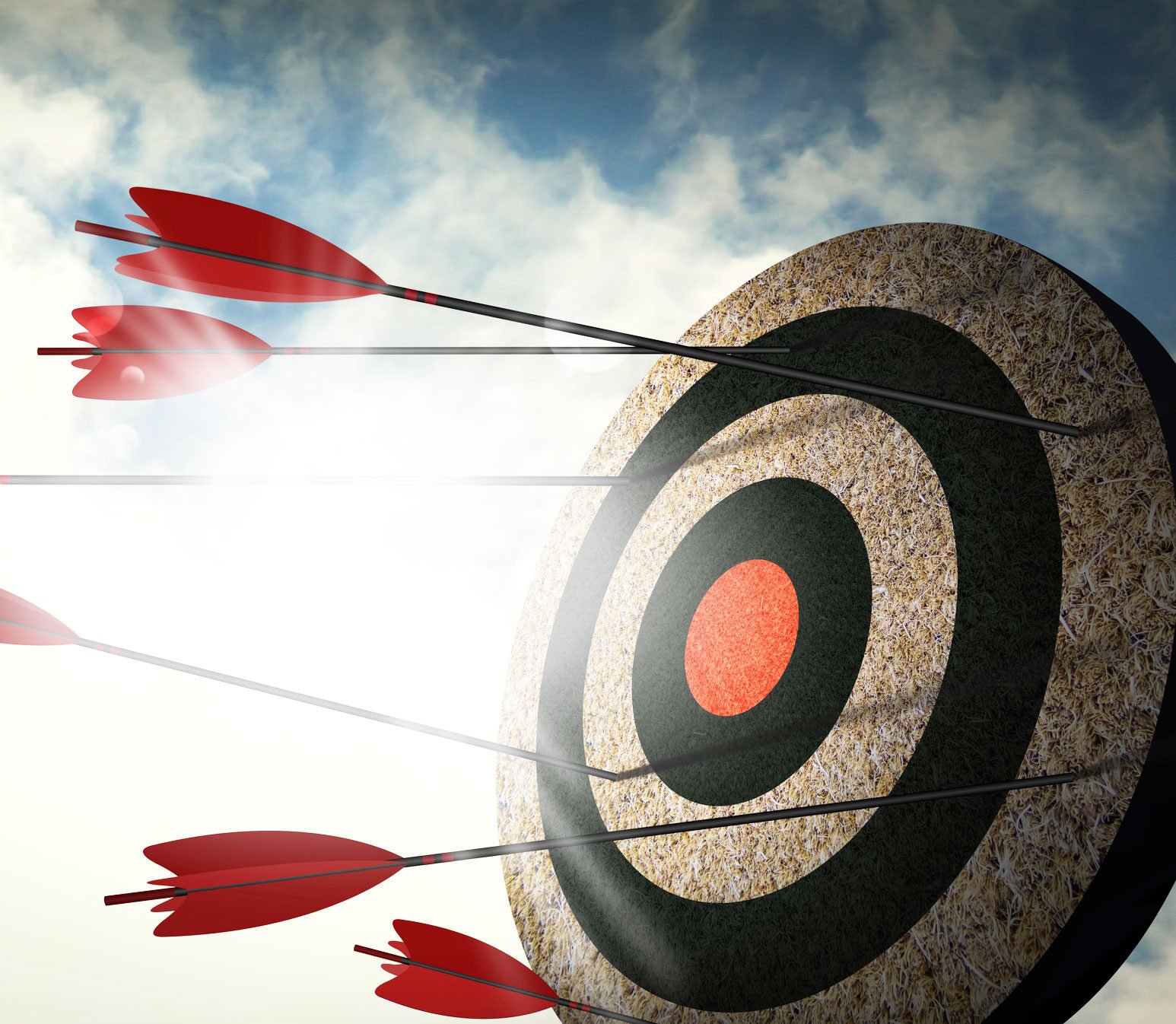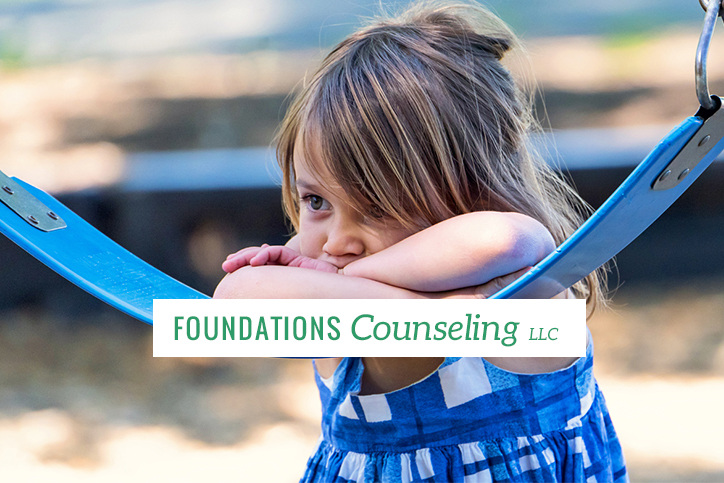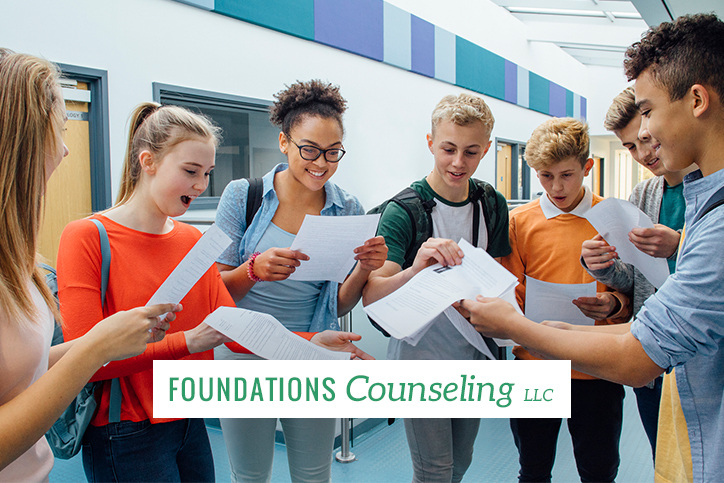Swift, Genuine Care
Our center specializes in providing top-tier self-esteem counseling with a commitment to promptness, professionalism, and genuine care. Understanding the urgency of seeking help, we offer faster appointment settings, ensuring you can connect with a counselor within 24 to 48 hours of your request. Our self-esteem counseling approach is built on the foundation of accountability and a no-nonsense attitude, focusing on effective healing and growth.
Our team consists of highly trained professionals in self-esteem counseling, each equipped with advanced techniques and strategies tailored explicitly for treating self-esteem issues. We believe in nurturing our counselors and creating an environment where they are well cared for so they can extend the same exceptional care to you.
Our self-esteem counseling services are designed to empower you, aid you in overcoming challenges, and foster a positive self-image. We pride ourselves on being more than just a counseling service; we partner in your journey towards better self-esteem. With us, you'll find a safe, supportive space where growth and healing are both goals and realities. Trust us to be the best we can be for you because a commitment to your well-being and personal development is at the heart of our service.
book your free consultation
GUARANTEED COUNSELOR MATCH
Guaranteed counselor matching to meet your needs. Experience personalized therapy that’s right for you. Start your journey with a therapist you can trust.
learn moreDo You Feel...
If you recognize these symptoms in yourself or someone you know, reaching out to the experts at Foundations can be a convenient and effective way to start addressing these challenges. The team at Foundations is ready to guide you through your journey toward healing and personal growth. Taking that first step to seek help can lead to significant positive changes in your life.
Persistent Self-Doubt
If you constantly question your abilities and worth, it could be a sign that you need self-esteem counseling. This often involves a pervasive sense of inadequacy and a belief that you're not good enough.
Excessive Worry About What Others Think
If you're overly concerned about others' opinions and often alter your behavior or suppress your true self to please others, it might be time to seek help.
Avoidance of Social Situations
Avoiding social interactions due to feelings of awkwardness or fear of being judged can be a symptom of low self-esteem.
Negative Self-Talk
A constant stream of negative and critical thoughts about yourself is a common sign of low self-esteem. This might include harsh criticism over minor mistakes or perceived flaws.
Feelings of Worthlessness
Experiencing deep-seated feelings of being unworthy or not deserving good things in life can be indicative of self-esteem issues.
Difficulty Accepting Compliments
If you struggle to accept compliments and often deflect or question them, it could be due to a lack of self-esteem.
Overly Apologetic Behavior
Frequently apologizing, even when unnecessary, and displaying a tendency to assume blame can be a symptom of low self-worth.
Reluctance to Try New Things
Avoiding new experiences due to fear of failure or embarrassment can be a sign that self-esteem counseling may be beneficial.
Overly Critical of Others
Sometimes, individuals with low self-esteem project their insecurities onto others, becoming unduly critical or judgmental.
Answers to Common Questions
What is self-esteem counseling?
How can self-esteem counseling help me?
What issues are addressed in self-esteem counseling?
What are the costs associated with counseling or therapy sessions at Foundations?
Does Foundations accept Insurance?
What if I need to reschedule my counseling session?
Are you available in the evenings or on weekends?
Will my self-esteem counseling sessions be confidential?
What techniques are used in self-esteem counseling?
Can self-esteem counseling help with anxiety and depression?
How do I know if I need self-esteem counseling?
What should I expect in my first self-esteem counseling session?
Is self-esteem counseling suitable for teenagers?
Can I do self-esteem counseling online?
How long does each Counseling session last?
How long will I need to be in Counseling?


Colorado Licensed Counselors
Appointment Scheduling Within 48 Hours
Counselor Match Concierge
Expert In-house Counselor Training
All Counselors Are Employees
In-person Or Online
Local Company & Ownership
Community Involvement
Pay Per Session
First Visit Free
Find the Right Match









We understand that the journey to emotional well-being begins with connecting you to the right counselor. That's why we proudly offer our unique Counselor Match Guarantee. We don't just pair you with any counselor; we meticulously match you with someone who aligns with your specific needs, preferences, and goals for healing and growth. If the initial pairing needs to be corrected, we encourage you to explore our diverse and experienced team until you find the perfect fit.
Your comfort and progress are paramount, so we ensure you always have a supportive and confidential environment to pursue your journey of self-discovery and healing. Choose us as your trusted partner in this transformative experience—because your well-being deserves the utmost care.
Begin your journey today and take the first step towards a brighter, more fulfilling tomorrow. Let us guide you to emotional wellness with our dedicated and compassionate counseling services.
Meet Our CounselorsTestimonials
Caitlin M
Kristie
Tony C
Travis G
Winter
Alexis G
Gene C
Chloe
Heather H
Phillip J
Bradley M
Charles S
Megan M
Kevin D
M Peterman
George M
Gina G
Miles A
M Burnham
Bethany X
Amanda H
Carli B
Paul B
Growth Beyond Healing

Visit Our Healing Library
Your Hub For Mental Wellness
Explore our Healing Library, a comprehensive resource with valuable content to support your mental health journey. Discover tools, articles, and insights that empower you toward personal growth and emotional resilience.

FIRST CONSULTATION is free
Get started on the right path
Take the first step towards healing and personal growth with Foundations. Schedule your free consultation now and discover how our expert therapists can support you in achieving your mental health and wellness goals.

The Perfect Match
Our Counselor Guarantee
Start your journey with a therapist you can trust, and experience personalized therapy that’s right for you. Meet with as many counselors as you need until you find the perfect fit.
























